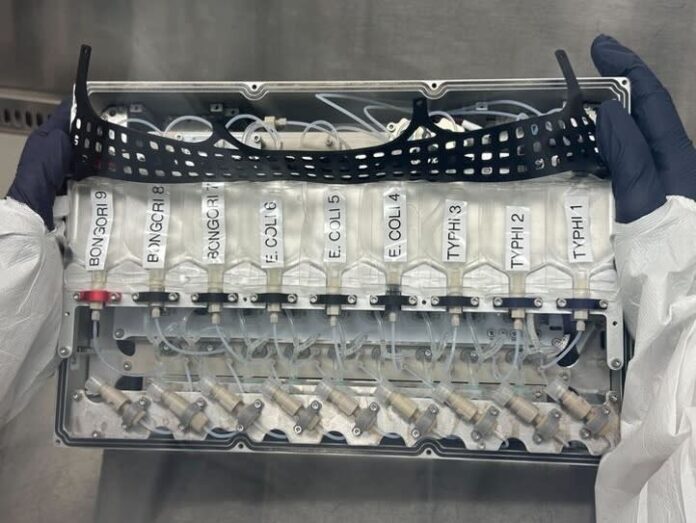Scientists are sending several strains of pathogenic bacteria to the International Space Station as part of the Crew 11 mission. This experiment is not the plot of some cheap horror movie, but a scientific study by the Shiba Medical Center in Israel and the American company Space Tango, which aims to better understand how bacteria spread and behave in extreme conditions. The experiment includes E. coli, as well as bacteria that cause diseases such as typhoid fever and an infection commonly known as salmonella.
Upon arrival on the ISS, the different types of bacteria will grow and then be returned to Earth for comparison with their counterparts that were grown simultaneously in an identical laboratory under normal conditions. The results of the experiment will help scientists understand how bacteria react to zero gravity and may help astronauts who are more susceptible to infections during missions due to stress, radiation exposure, and changes in gravity. However, the research may prove useful beyond space missions. With the emergence of superbugs that demonstrate resistance to antibiotics, the experiment may open up ways to combat more resistant strains of bacteria.
“This experiment will allow us to systematically and molecularly determine for the first time how the genetic expression profile of several pathogenic bacteria changes in space,” said Ohad Gal-Mor, head of the Infectious Disease Research Laboratory at Sheba, in a press release.
The medical center has previously conducted a test with bacteria in simulated space conditions, which showed a reduced ability to develop antibiotic resistance, but the latest experiment is the first to take place on the ISS. This is not the first time that scientists have studied the behavior of bacteria in microgravity, as back in 2017, researchers from the University of Houston tested how E. coli would grow in a simulated space environment. More recently, NASA launched an experiment in which astronauts were to take swabs from the interior of the ISS and test them for antibiotic-resistant bacteria.









